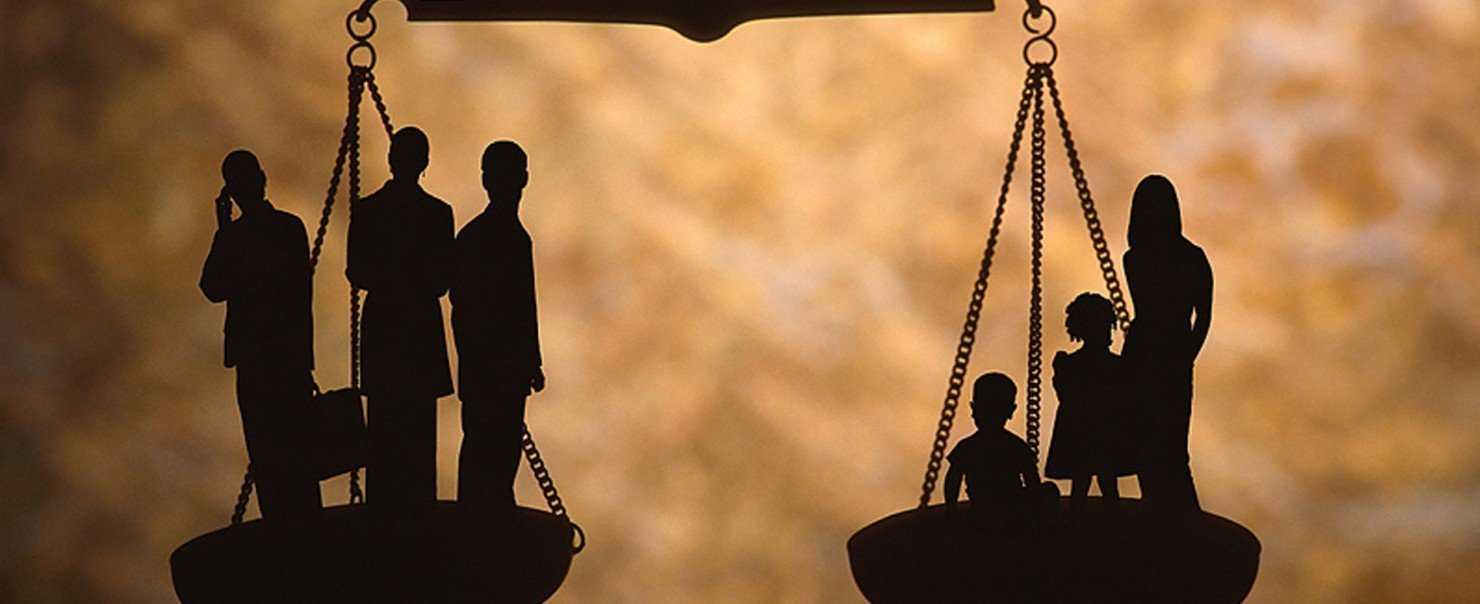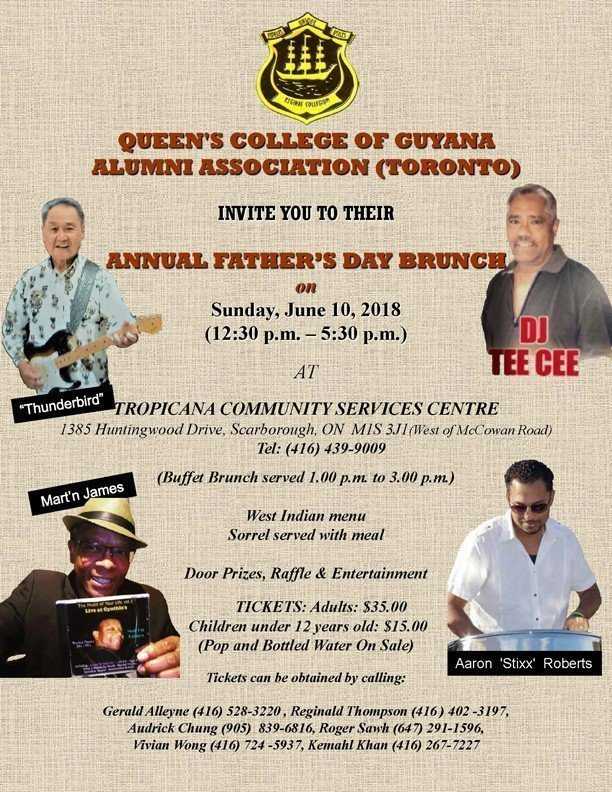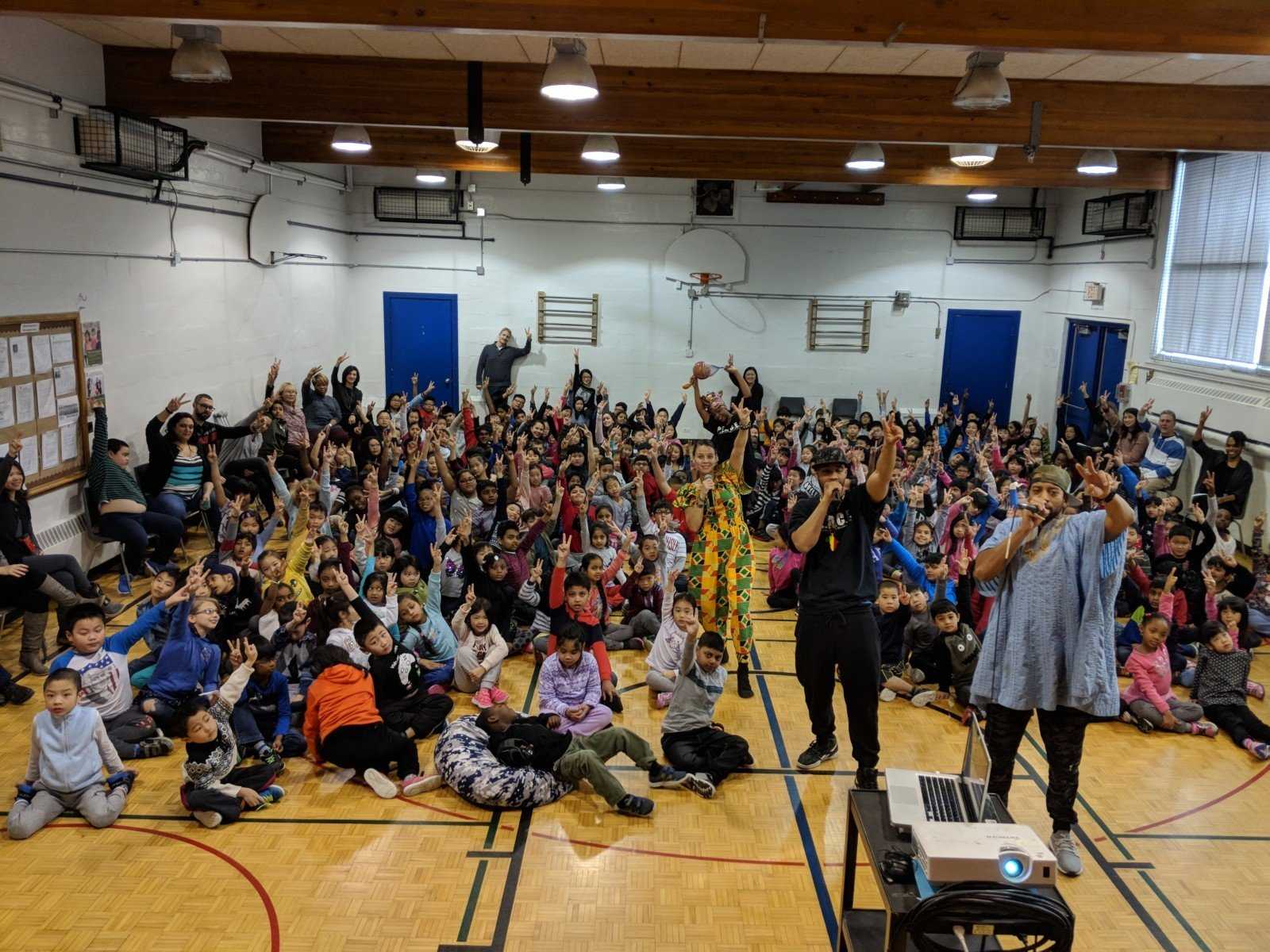Articles
Child support obligations of non-biological parents

Technology
How Toronto’s Caribbean Community is Leading in Digital Innovation
Junior Contributors
Unveiling the Mysteries of the Fibonacci Sequence: Nature’s hidden code
The Poetic Word
Trust In Silence
-

 Community News1 week ago
Community News1 week agoAlmost Homeless – Eight years of Justin Trudeau; Canada’s housing is against the ropes, and Toronto renters suffer
-

 Community News1 week ago
Community News1 week agoMeet Birmingham’s sensational R&B-Pop prodigy: Vincent Darby – The voice you can’t ignore!
-

 Community News2 weeks ago
Community News2 weeks agoFour helpful tips to get your boss off your back
-

 Community News1 week ago
Community News1 week agoUnveiling the canvas of resilience: Dwayne Grant’s journey through art
-

 Community News1 week ago
Community News1 week agoIt’s time for a New United Regional Nation of the Caribbean
-

 Community News5 days ago
Community News5 days ago“Stop egging me on!” Companies are simply getting better at carefully wording things on their packaging
-

 Community News5 days ago
Community News5 days agoRichard Rooney gifts $5 million to the African Studies Centre and the Centre for Caribbean Studies at the University of Toronto
-

 Community News5 days ago
Community News5 days agoChemical hair straighteners are causing uterine cancer, fibroid tumors and infertility in women of colour




























